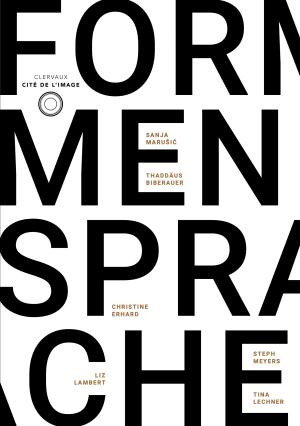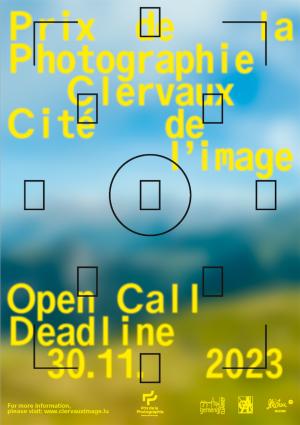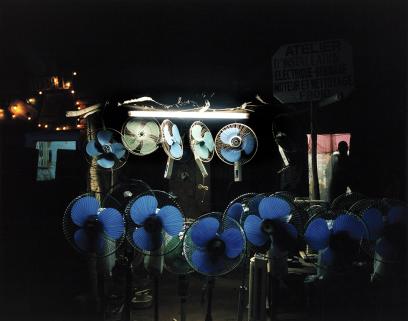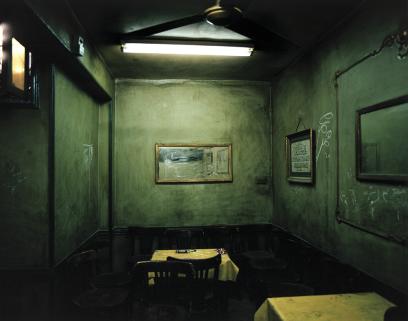Light is a global phenomenon. In its natural cycle, it is subject to the laws of a rhythmic iteration, but in an artificial context, it defies all laws.
In contrast to its natural counterpart, industrial light is a convenient and easily controlled source of illumination. The subtle differences in intensity and rich colours observable during the authentic transition from day to night are missing in the human-created scenario. Think of a universally applicable system presented in a linear form: the neon tube.
The fluorescent tube has become for Gilles Coulon the centre of his photographic series. Starting in the year 2000, he has been on a global journey to analyse its visual effects.
Neon light conveys its own symbolism. It illuminates transitory and purely functional spaces and distinguishes them as such. The characteristic light defines the mood of a place. The resulting atmosphere seems both lyrical and starkly monotonous. The premises - waiting rooms, supermarkets, train platforms or bus stations - appear impersonal.
While the neon gas can effectively light up every décor, its effect is not illuminating. Gilles Coulon shows the object in all its superfluous splendour and unexpected charm. "White Night" banishes the darkness and snatches the stars out of the nightly sky. Can neon lights inspire humans as the moonlight used to do before it had to cede the scene?
Text : A. Meyer / Clervaux - cité de l'image, English translation by Nadia Linden
Exhibition view
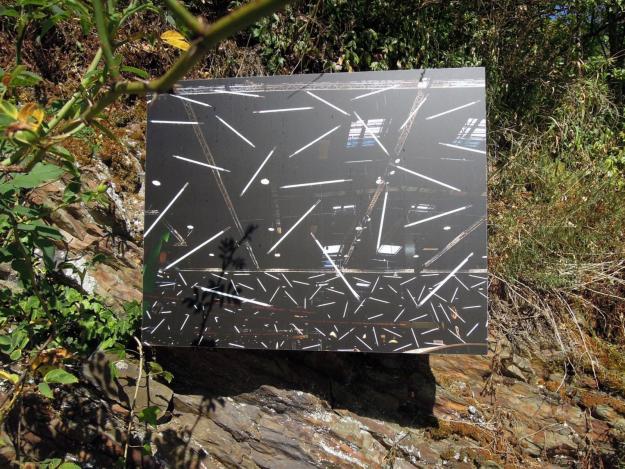
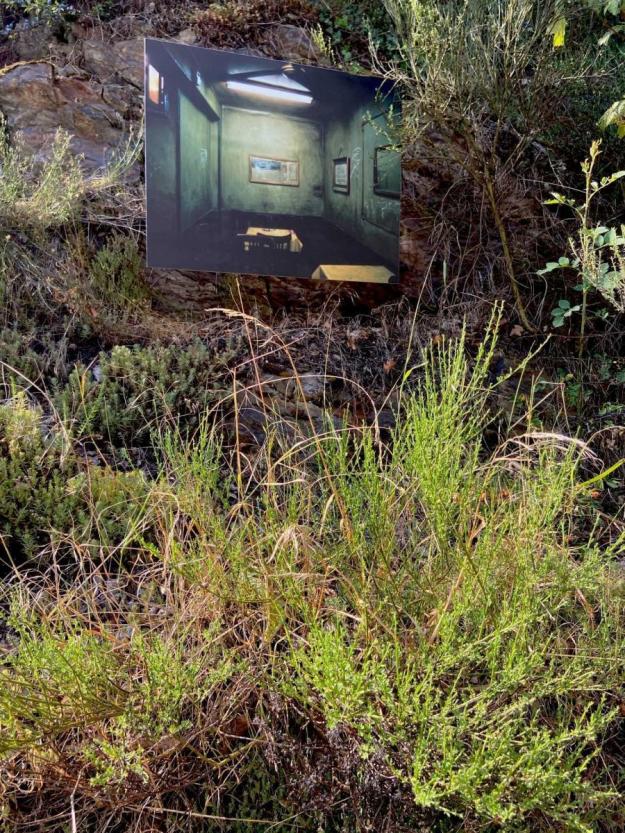
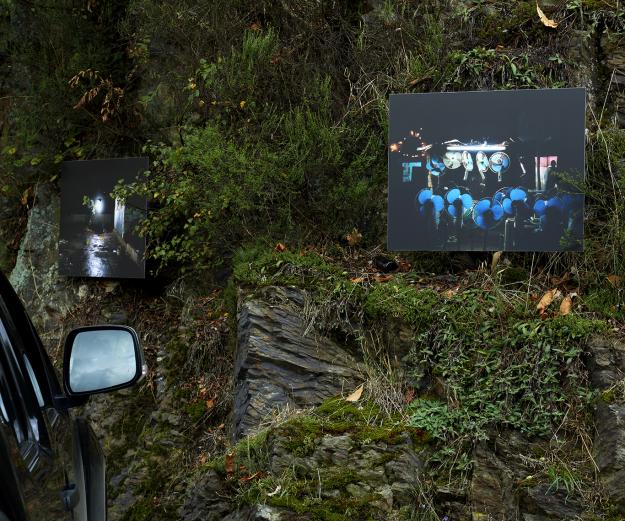
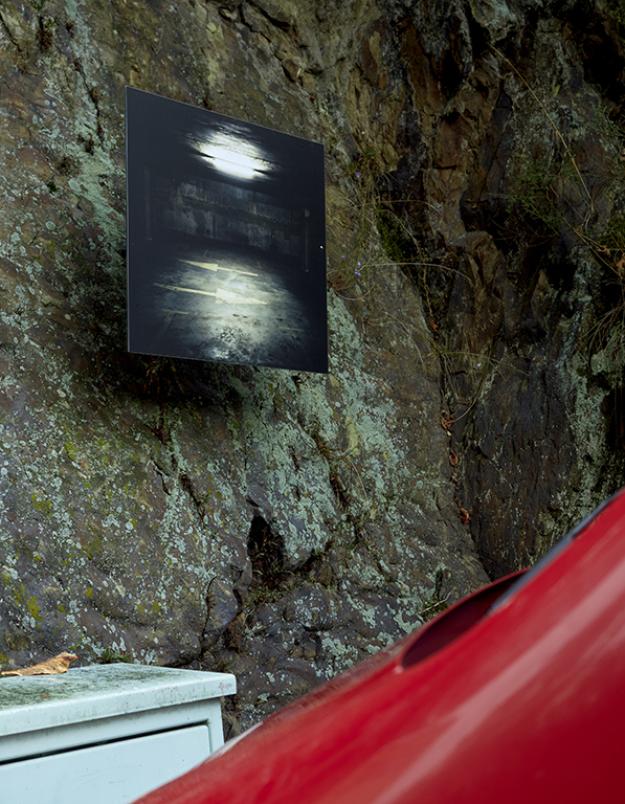
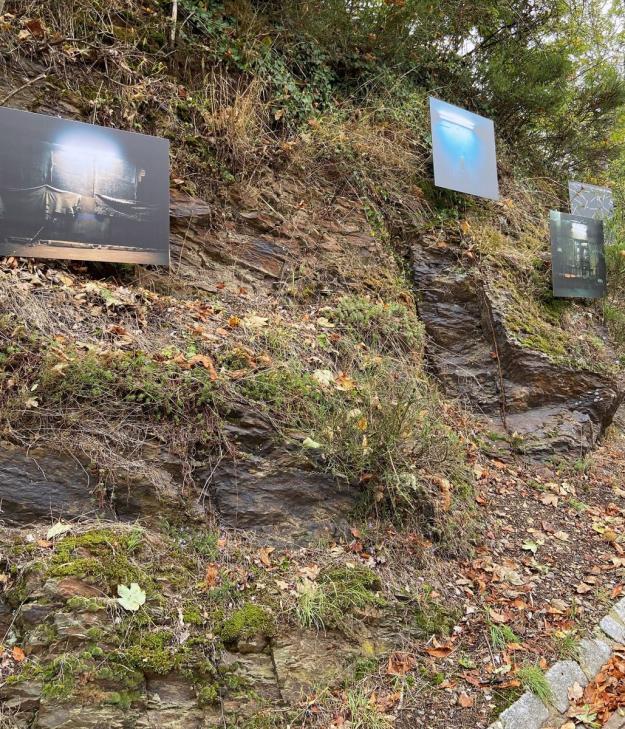
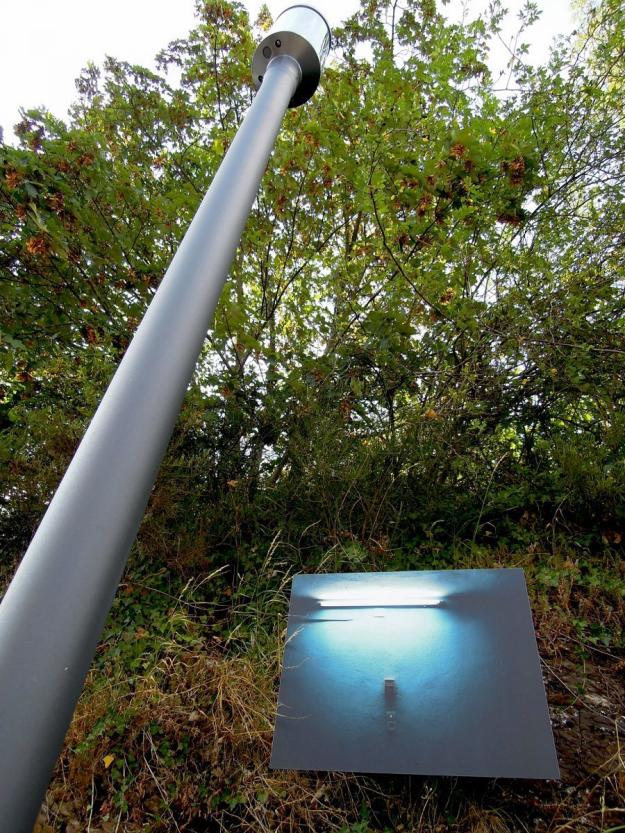
Photos © CDI 2020

